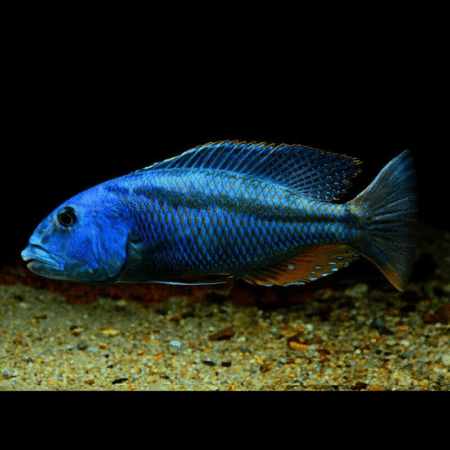To provide the best experiences, we use technologies like cookies to store and/or access device information. Consenting to these technologies will allow us to process data such as browsing behaviour or unique IDs on this site. Not consenting or withdrawing consent, may adversely affect certain features and functions.
The technical storage or access is strictly necessary for the legitimate purpose of enabling the use of a specific service explicitly requested by the subscriber or user, or for the sole purpose of carrying out the transmission of a communication over an electronic communications network.
The technical storage or access is necessary for the legitimate purpose of storing preferences that are not requested by the subscriber or user.
The technical storage or access that is used exclusively for statistical purposes.
The technical storage or access that is used exclusively for anonymous statistical purposes. Without a subpoena, voluntary compliance on the part of your Internet Service Provider, or additional records from a third party, information stored or retrieved for this purpose alone cannot usually be used to identify you.
The technical storage or access is required to create user profiles to send advertising, or to track the user on a website or across several websites for similar marketing purposes.


















Mike Thompson (verified owner) –
I recently added the Aristochromis Christyi, also known as Cuthbert Christy’s Malawi Cichlid, to my 150-gallon African cichlid tank, and I couldn’t be happier! From the moment I released him into the aquarium, he showcased his stunning colors and dynamic personality. After just two weeks, he has become a real centerpiece in my setup.
One of the things that impresses me most is how active and playful he is, which is essential for a thriving aquarium fish. I really appreciate that he has a lifespan of around 10-15 years with proper care, so I know I’m investing in a long-term companion. Compared to other cichlids I’ve kept, the Aristochromis Christyi has a unique behavior that adds so much life to my tank.
I did notice he can be a bit territorial at times, especially during feeding, so I recommend providing plenty of hiding spots to reduce aggression. Overall, this fish is perfect for those who have experience with tropical fish and want to enrich their aquarium with rare species. I highly recommend the Aristochromis Christyi to all fellow aquarists looking to add a dash of color and personality to their collection!